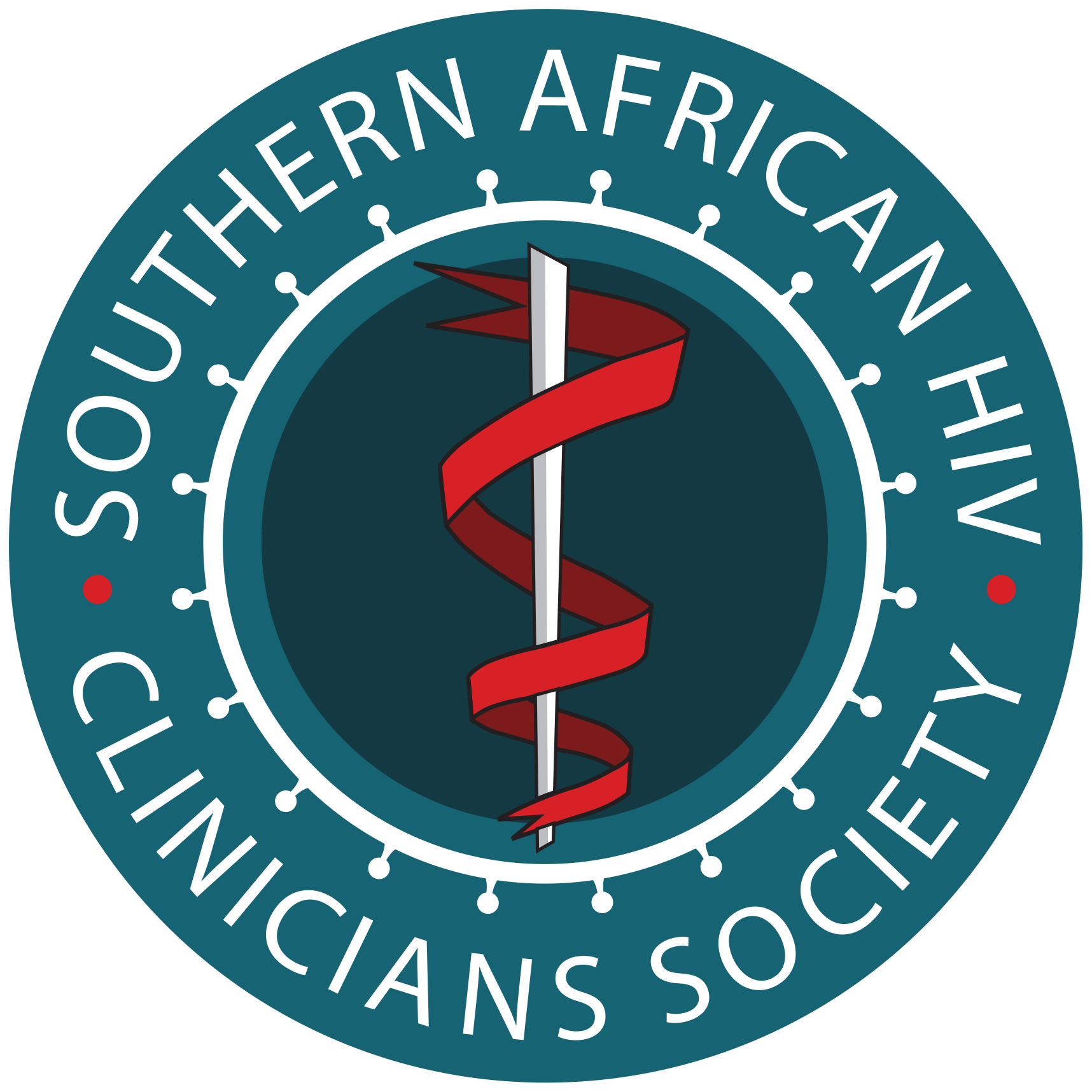ART Guidelines
References

 Key points
Key points - All ART classes have been associated with hepatotoxicity and cause injury through an idiosyncratic reaction as the mechanism of injury.
- Alanine transaminase (ALT) elevations > 5x the upper limit of normal (ULN) are significant in the absence of symptoms.
- In the presence of symptoms of hepatitis, ALT elevations > 2.5x ULN are significant.
- Patients on EFV may present with a delayed DILI many months after commencing therapy.
- Re-challenge is best avoided. It may only be considered in select cases in consultation with a specialist
- If severe hepatitis occurs, or any hepatitis together with a rash, fever or systemic reaction, then re-challenge with NNRTIs, ABC or co-trimoxazole (CTX) should not be attempted.
- Atazanavir can cause jaundice through indirect hyperbilirubinemia. This is not a symptom of DILI and ATV only needs to be discontinued if the appearance of jaundice is bothersome.
An ALT test should be performed in all patients at ART initiation. Repeat ALT testing is indicated in those who develop symptoms or signs suggestive of hepatitis. All ARV classes have been associated with hepatotoxicity – most commonly NNRTIs. Mild ALT elevations occur commonly and in general are transient. ALT elevations > 5X the upper limit of normal (ULN) are significant in the absence of symptoms. In the presence of symptoms of hepatitis, ALT elevations > 2.5X ULN are also significant. In such patients, potentially hepatotoxic ARVs should be switched to alternative agents. Management guidelines are provided in Table 26.
Re-challenge is best avoided. It may only be considered in select cases in consultation with a specialist. If hepatitis requiring hospitalisation occurs, or any hepatitis with rash, fever, or other systemic manifestation, a specialist opinion should be sought. In this situation re-challenge with NNRTIs, ABC or CTX should not be attempted.
In patients with severe hepatitis or jaundice, features of hepatic encephalopathy (i.e. features of hepatic failure) must be clinically assessed and the international normalised ratio (INR) and serum glucose checked.
Mild elevation of canalicular enzymes is common in PLHIV and does not represent DILI. If there is a sustained significant canalicular enzymes, the concentration of canalicular enzymes is more significantly elevated than that of ALT, or if conjugated bilirubin is elevated, then an ultrasound of the liver should be considered to exclude biliary obstruction. ATV is associated with isolated unconjugated hyperbilirubinaemia (drug-induced Gilbert’s syndrome). In these patients, all other liver function tests (LFTs) are normal, and there are no other symptoms of hepatitis. Although this is a benign condition (it does not reflect liver injury, but isolated competitive inhibition of the enzyme in the liver which conjugates bilirubin), it is often cosmetically unacceptable to patients, necessitating a switch from ATV to an alternate drug.
While EFV has been recognised as an infrequent cause of DILI, a novel pattern has been recognised. 42 Among such patients, many had a particularly severe pattern of liver injury at liver biopsy (termed ‘submassive necrosis’, and associated with severe jaundice and a raised INR). The overall mortality was 11%. While EFV-related DILI is likely to be uncommon, clinicians should be aware of its particular features:
- It usually occurs 3–6 months after starting EFV (e.g. longer than expected with TB medication or NVP).
- There are no associated features of hypersensitivity (e.g. drug rash) and jaundice is often the first symptom rather than abdominal symptoms.
- LFTs normalise several months after stopping EFV (median resolution > 6 months).
We do not advise routine LFT monitoring in patients on ART, as there is no evidence that this would result in earlier detection of DILI or improve outcomes. Instead, patients who develop symptoms and signs of hepatitis (nausea, vomiting, right-sided abdominal pain, jaundice) should have LFTs done and managed accordingly.
Many other drugs can cause hepatotoxicity, notably antituberculous agents (including prophylactic isoniazid) and azoles. CTX is an uncommon cause of hepatitis, often as part of a systemic hypersensitivity reaction. In addition to medications, patients may be taking herbal supplements, alcohol or other substances, which can cause, or exacerbate, liver disease.
Recommendations for the management of DILI in patients receiving TB treatment have been published by the Southern African HIV Clinicians Society in 2013 (see here) and will be updated in 2023/24. 124 If there are concerns about management of TB treatment in the setting of DILI a specialist opinion should be sought.
| Table 26: Guidelines for managing hepatotoxicity. | |||
| Elevation | ULN† | ||
|---|---|---|---|
| < 2.5 × ULN | 2.5–5 × ULN | > 5 × ULN | |
| ALT | Repeat at 1–2 weeks | Repeat at 1 week | Discontinue relevant drug(s) |
| Bilirubin | Repeat at 1 week | Discontinue relevant drug(s) | Discontinue relevant drug(s) |
| ALT, alanine transaminase; ULN, upper limit of normal. †, Any elevations with symptoms or signs of hepatitis (nausea, vomiting, right upper quadrant pain, jaundice) should be regarded as an indication to discontinue the relevant drugs. | |||

Common pitfalls:
- Failing to recognise other drugs, herbal supplements and alcohol as a potential cause of hepatotoxicity in patients taking ART and other hepatotoxic drugs.
- Performing routine LFT monitoring in patients on ART, in an attempt to detect DILI earlier. There is no evidence to support this approach.
